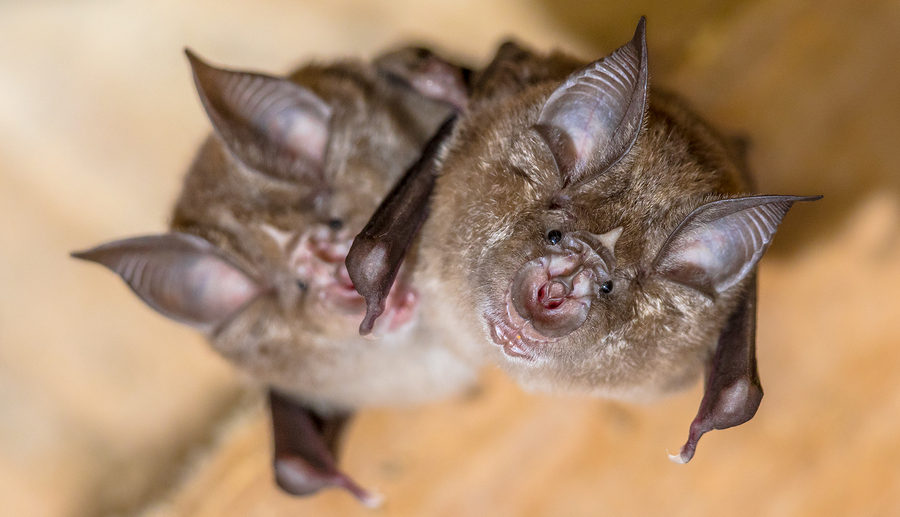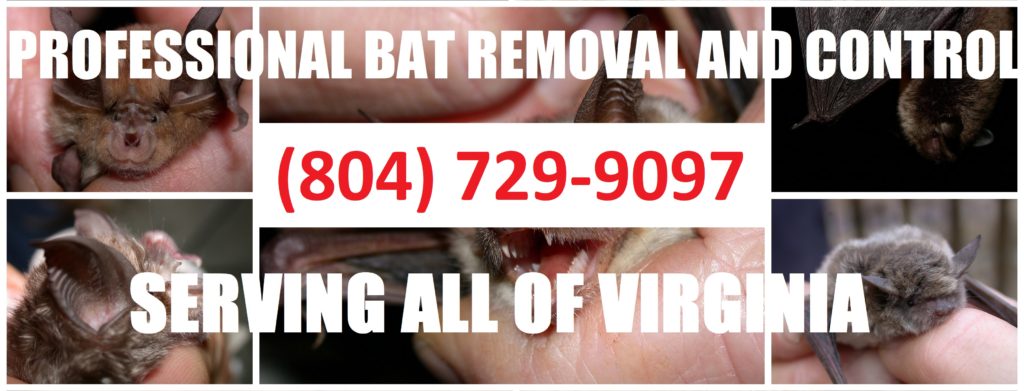Bats are one of the most fascinating species of mammal; after all, they are the only mammals capable of true flight. On top of this remarkable trait, bats also display unique mating behaviors, many of which are not demonstrated by other mammals in the animal kingdom. Furthermore, among all the 1600 bat species known to mankind, mating seasons and practices all vary in detail.
Continue reading to learn the fundamentals of bat mating rituals, including how bats choose their mate.

Bat Hibernation and Breeding Season
Bats that live in temperate regions, like the ones here in Virginia, migrate from summer homes to winter hibernation spots. This behavior is called hibernacula, and it is where breeding takes place. Migrating bats generally mate toward the end of summer into early fall, which is right about now. Interestingly, female bats store the male bat’s sperm for the next reproductive season, which takes place in spring and early summer. However, these breeding habits are much different for bats that don’t migrate.
Choosing Mates
The way in which bats choose and court other bats is quite diverse. As for hibernating species of bats, they put on an annual flying show, showing off their agile flying and acrobatic skills in an attempt to court female bats. They will fly in huge swarms, darting and dipping, and performing impressive aerobatics. Once the show dies down, bats will couple up and find seclusion to mate. Although it is not yet proven whether or not female bats prefer more agile males, because of this fascinating phenomenon it is certainly a theory among researchers.
Showing off is certainly a theme among mating bats since other arboreal species like to use their talents to court female candidates too. For instance, Hammer-Head bats use their enlarged larynx and nasal cavities to “honk” at females. During mating season, males line up in trees along the riverbank and call out to female bats that fly by. They use honking, grunting, and cooing sounds until they win the attention of a willing female Hammer-Head.
Even more interesting and somewhat similar, male Sac-Winged bats use their flying skills and pheromones to impress and court female bats. They hover in front of them, wafting their fumes and powering their wings until a female accepts. Other species of bat, like the Horseshoe bat, prefers discretion over showmanship. Instead of swarming, wafting, and honking to court their females, this species of bat lets the female come to them. Female bats will track down male Horseshoe bats, and then visit them at their private roost to mate.
Bat Reproduction
The average gestation period for a microbat is around six months, or 40 days. This is longer for larger bats. The size of the litter is much similar to humans. There is usually one pup that is birthed, but in some cases there can be two or more. Taking into consideration the size of the bat, they are among the slowest breeders on earth. At birth, a baby bat can weigh up to a quarter of the mother’s size; this would be like a human having a 30 pound baby. Female bats care for the young as they grow stronger and capable of fending for themselves.
Where to Get Safe, Non-Lethal Bat Control Service
Call Virginia Bat Pros at 804-729-9097 for safe and humane bat removal and control assistance in Old Dominion. We serve all of Virginia with 24 hour bat removal, as well as, numerous residential and commercial bat exclusion services, such as bat cleanup and restorations for bat damages. We even provide insurance work! Contact us at 804-729-9097 to request a free estimate, anytime.

